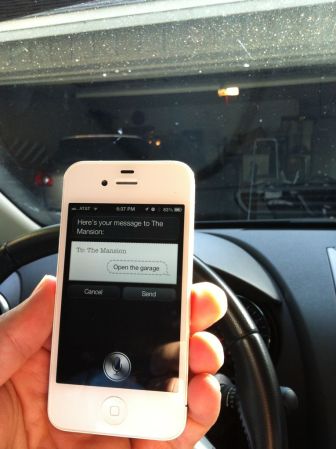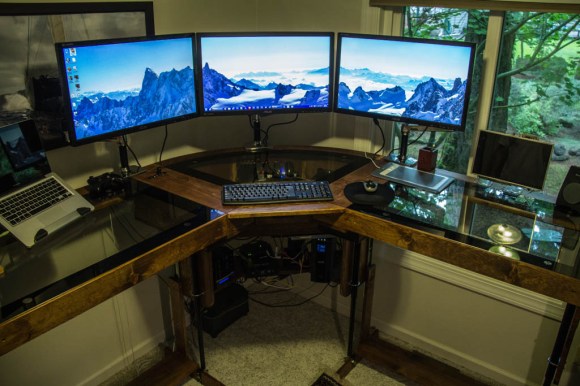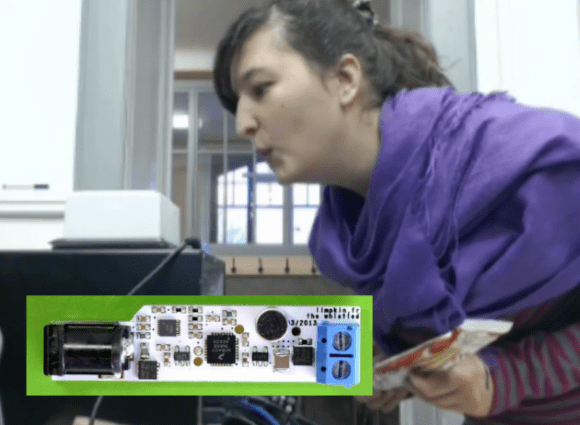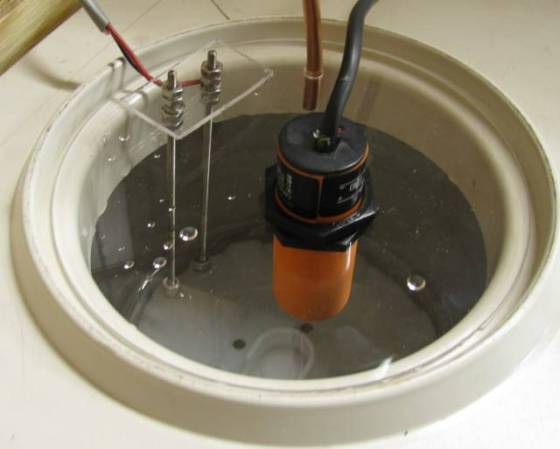 [Frank Howarth] is a very competent woodworker known on the YouTubes for his wonderful stop-motion videos of turned wood bowls. Lately, though, he’s put some effort into building furniture, this time a beautiful lawn chair made from a gigantic sequoia log.
[Frank Howarth] is a very competent woodworker known on the YouTubes for his wonderful stop-motion videos of turned wood bowls. Lately, though, he’s put some effort into building furniture, this time a beautiful lawn chair made from a gigantic sequoia log.
A few years ago, [Frank] and a friend acquired a gigantic sequoia log and milled it themselves with a chainsaw. After two summers, the huge boards were finally dry enough to be used and [Frank] decided a lawn chair would be a fine project.
The sides of the chair are a single monolithic piece of wood. Of course [Frank] needed to cut the sides in half and join them together again for the decorative holes, but it’s still an impressively solid piece of woodworking. The back and seat of the chair are also made out of the same sequoia board, cut into slats held together with three very large dowel rods.
This project probably wouldn’t be possible if it weren’t for the awesome equipment and tools [Frank] has in his shop. He has a great tour of his shop available for your viewing. We should all be so lucky.

















